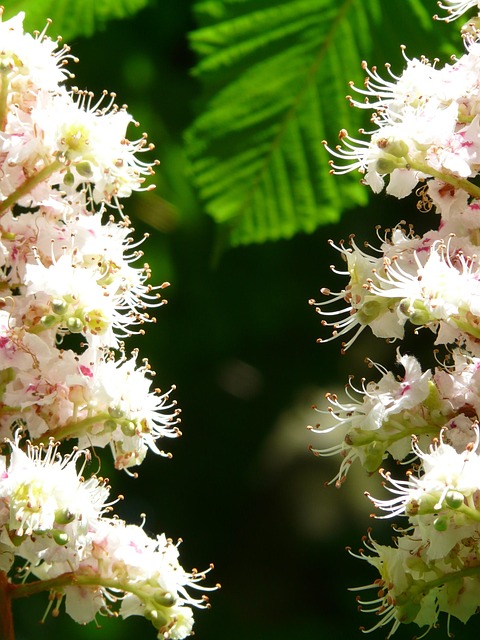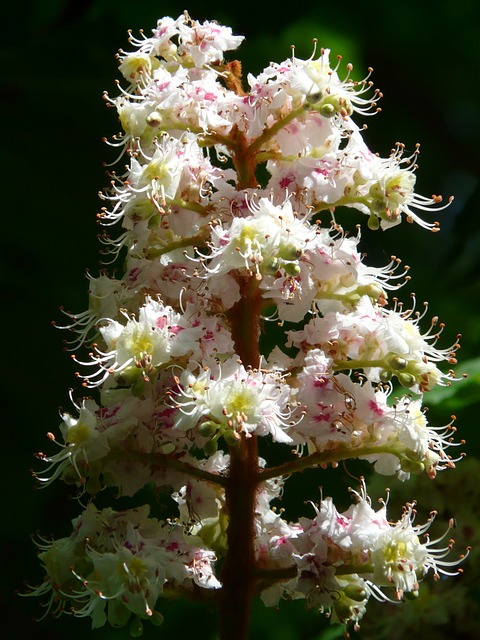The real estate industry plays a pivotal role in shaping sustainable communities through eco-friendly practices. Developers can reduce carbon footprints and enhance resident quality of life by implementing energy-efficient buildings, green spaces, walkable/bike-friendly infrastructure, public transportation, water conservation, and renewable energy sources. Strategic planning, smart city technologies, and engaging local residents through initiatives like community gardens promote sustainable lifestyles and long-term positive environmental changes.
Sustainable community growth is a vital aspect of modern urban development, and real estate plays a pivotal role in this transformation. This article explores how responsible property practices can shape eco-friendly neighborhoods. We delve into strategies for promoting green living, focusing on infrastructure that fosters environmental stewardship. Additionally, we examine the power of community engagement to create lasting change, highlighting successful initiatives that have enhanced local environments through collaborative efforts.
The Role of Real Estate in Shaping Sustainable Communities

The real estate industry plays a pivotal role in fostering sustainable community growth. Developers and investors have the power to shape urban landscapes, influencing the environmental, social, and economic health of communities. By adopting sustainable practices, such as designing energy-efficient buildings, integrating green spaces, and promoting walkability and bike-friendly infrastructure, real estate can contribute to reducing a community’s carbon footprint. Additionally, these strategies enhance residents’ quality of life by creating vibrant, healthy environments.
Sustainable real estate projects often prioritize access to public transportation, reducing the need for private vehicles and lowering overall traffic congestion and pollution. They also focus on water conservation measures, efficient waste management systems, and the use of renewable energy sources. These practices not only mitigate environmental impact but also foster a sense of community among residents who share these sustainable values.
Strategies for Promoting Green Living and Infrastructure

Promoting green living within a community begins with strategic planning in real estate development. Integrating eco-friendly practices and designs into housing projects encourages residents to adopt sustainable lifestyles. This can include incorporating renewable energy sources, efficient water management systems, and using environmentally conscious building materials. Green spaces, such as community gardens and parks, also play a vital role in fostering a connection with nature and encouraging outdoor activities.
Infrastructure development should focus on creating walkable and bike-friendly neighborhoods, reducing reliance on personal vehicles. Efficient public transport networks, coupled with robust cycling infrastructure, not only promote sustainable commuting but also contribute to better air quality and healthier communities. Additionally, smart city technologies can optimize energy usage, waste management, and resource allocation, ensuring a more sustainable and resilient urban environment.
Engaging the Community: Building a Lasting Environmental Impact

In the context of sustainable community growth, engaging the community is paramount in building a lasting environmental impact. Real Estate plays a pivotal role here by providing opportunities for local residents to actively participate in shaping their environment. Through initiatives like green spaces development, eco-friendly housing projects, and community gardens, real estate developers can foster a sense of ownership among residents, encouraging them to contribute to and benefit from a healthier ecosystem.
This engagement not only enhances the quality of life within the community but also creates a collective responsibility for environmental preservation. By involving residents in decision-making processes, leveraging their input on sustainable practices, and promoting education about eco-friendly living, real estate can drive long-term positive changes. Ultimately, these collaborative efforts contribute to a more resilient, harmonious, and environmentally conscious community.






